Long-term Contaminant Management Using Institutional Controls
Sponsored by: Interstate Technology and Regulatory Council
Archived: Tuesday, May 10, 2022
ITRC Long-term Contaminant Management Using Institutional Controls
2022-05-10
Interstate Technology and Regulatory Council
Institutional controls (Ics) are administrative or legal restrictions that provide protection from exposure to contaminants on a site. When Ics are jeopardized or fail, direct exposure to human health and the environment can occur. While a variety of guidance and research to date has focused on the implementation of Ics, ITRC's Long-term Contaminant Management Using Institutional Controls (IC-1, 2016) guidance and this associated training class focuses on post-implementation IC management, including monitoring, evaluation, stakeholder communications, enforcement, and termination. The ITRC guidance and training will assist those who are responsible for the management and stewardship of Ics. ITRC has developed a downloadable tool that steps users through the process of planning and designing IC management needs. This tool can help to create a long lasting record of the site that includes the regulatory authority, details of the IC, the responsibilities of all parties, a schedule for monitoring the performance of the IC, and more. The tool generates an editable Long Term Stewardship (LTS) plan in Microsoft Word.
After attending the training, participants will be able to:
- Describe best practices and evolving trends for IC management at individual sites and across state agency programs
- Use this guidance to
- Improve IC reliability and prevent IC failures
- Improve existing, or develop new, IC Management programs
- Identify the pros and cons about differing IC management approaches
- Use the tools to establish an LTS plan for specific sites
- Use the elements in the tools to understand the information that should populate an IC registry or data management system.
The target audience for this guidance includes environmental regulators at all levels of government, private and public responsible or obligated parties (Ops), current site owners and operators, environmental consultants, and prospective purchasers of property and their agents. Other stakeholders who have an interest in a property can also use this guidance to help understand how to manage Ics.
Accessibility, Recording, and Content Disclaimer
Rehabilitation Act Notice for Reasonable Accommodation
It is EPA's policy to make reasonable accommodation to persons with disabilities wishing to participate in the agency's programs and activities, pursuant to the Rehabilitation Act of 1973, 29 U.S.C. 791. Any request for accommodation should be made to ITRC Training Program at 202-266-4932 or itrc@itrcweb.org, preferably one week or more in advance of the webinar, so that EPA will have sufficient time to process the request. EPA would welcome specific recommendations from requestors specifying the nature or type of accommodation needed. Please note that CLU-IN provides both alternate phone call-in options and closed captioning for all webinars, and requests for these specific accommodations are not necessary.
Webinar Recording
By participating in this CLU-IN webinar, you automatically agree to authorize recording of audio and visual content presented during this live event and consent to subsequent use of this recording in the public domain by the U.S. Environmental Protection Agency. This recording may include questions, comments and poll responses provided by you during the live event in addition to your name, voice, image or likeness. This recording will be made available after the conclusion of the live event as part of the CLU-IN webinar archives, and will remain available indefinitely. If you do not wish to consent to the recording, please do not join the live event, and contact Jean Balent at 202-566-0832 or balent.jean@epa.gov to discuss your concerns.
Content Disclaimer
This webinar is intended solely to provide information to the public. The views and opinions expressed as part of this webinar do not necessarily state or reflect those of the U.S. Environmental Protection Agency. It is not intended, nor can it be relied upon, to create any rights enforceable by any party in litigation with the United States, or to endorse the use of products or services provided by specific vendors. With respect to this webinar, neither the United States Government nor any of their employees, makes any warranty, express or implied, including the warranties of merchantability and fitness for a particular purpose, or assumes any legal liability or responsibility for the accuracy, completeness, or usefulness of any information, apparatus, product, or process disclosed, or represents that its use would not infringe privately owned rights.
Presenters:
 Kevin Schrems, Michigan Department of Environmental Quality (schremsk@michigan.gov)
Kevin Schrems, Michigan Department of Environmental Quality (schremsk@michigan.gov)
Kevin Schrems is a compliance and enforcement case coordinator with the Michigan Department of Environmental Quality's Remediation and Redevelopment Division (RRD), in Lansing, MI. He has worked for the Michigan Department of Environmental Quality since 2012. His expertise is in land or resource use restrictions under the Environmental Remediation (Part 201) and Leaking Underground Storage Tank (Part 213) programs, including restrictive covenants, notices, and road right-of-way instruments. Kevin also is responsible for reviewing post closure agreements as part of No Further Action submittals under Part 201. Kevin is a member of the RRD's Institutional Controls Technical and Program Support team, which develops guidance and model documents for land or resource use restrictions to assure consistent statewide implementation. He is also a member of the Interstate Technical and Regulatory Council's Long Term Contaminant Management Using Institutional Controls team, which developed a guidance document that describes the elements of an institutional control management program based on successes from established programs from states, federal agency programs, and other available innovative tools. Kevin earned a Bachelor of Science degree, with honor, in Fisheries and Wildlife from Michigan State University in East Lansing, MI in 2006, a Master of Environmental Law and Policy degree from Vermont Law School in South Royalton, VT in 2008, and a Juris Doctor degree from Vermont Law School in South Royalton, VT in 2011.
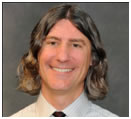 Doug Burge, Ramboll (dburge@ramboll.com)
Doug Burge, Ramboll (dburge@ramboll.com)
Douglas Burge is a Senior Manager for Ramboll in St. Louis, Missouri. He has worked for Ramboll (formally Ramboll Environ) since 2000 and in the environmental field since 1986. Douglas conducts complex geologic, sediment and vapor intrusion investigations throughout the U.S. and Canada with associated risk assessments and design and implementation of remedial efforts. He has experience with all aspects of health and safety related to hazardous waste site investigations and serves as the health and safety coordinator for several Ramboll offices. He has also managed creek bank stabilization projects and was the project lead for investigations of natural spring sites in the Midwest for the bottled water industry. Douglas earned a Bachelor of Science degree in Geology in 1985 from Western Illinois University and is currently a registered geologist in Missouri; licensed professional geologist in Illinois, Indiana, Tennessee and Wisconsin; licensed professional geoscientist in Louisiana, licensed monitoring well driller in Missouri (non-restricted), and a licensed monitoring well technician in Nebraska.
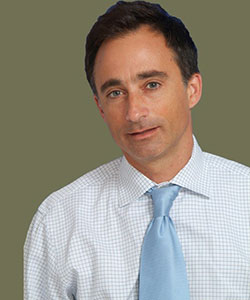 J. Michael Sowinski, Jr., Terradex, Inc. (mike@terradex.com or 760-798-6120)
J. Michael Sowinski, Jr., Terradex, Inc. (mike@terradex.com or 760-798-6120)
Mr. Sowinski is the Vice President of Terradex, a California company focusing on technology services for land activity monitoring of environmentally sensitive sites. Mr. Sowinski brings over 20 years of engineering and legal experience on environmental cleanup, environmental compliance, property redevelopment, and pollution control (i.e., CWA, RCRA) and is an expert in the niche area of "institutional controls" and long term stewardship. Prior to joining Terradex, Mr. Sowinski practiced environmental law where he advised and litigated on behalf of local governments and private clients on cleanup, institutional controls, brownfield, water pollution, land use, and other environmental matters. Mr. Sowinski's experience also includes a career in environmental consulting where he consulted to federal and state environmental agencies, as well as private clients, on environmental cleanup and compliance matters, ranging from broad-scale program advising on cleanup program and long term stewardship issues, to site-specific brownfield redevelopment, cleanup, water pollution, and environmental compliance matters. Finally, Mr. Sowinski has been an expert witness on institutional control issues in a federal court matter. Mr. Sowinski received a BS and MS in Engineering from the University of Maryland, and a Juris Doctorate from Vermont Law School. Mr. Sowinski speaks and writes regularly on environmental cleanup, brownfield, and stewardship matters and, among other things, he recently co-authored a law review article on CERCLA liability defenses titled "REVITALIZING THE BROWNFIELDS REVITALIZATION AND ENVIRONMENTAL RESTORATION ACT: HARMONIZING THE LIABILITY DEFENSE LANGUAGE TO ACHIEVE BROWNFIELD RESTORATION" published in the Virginia Environmental Law Journal. Mr. Sowinski led the Task Group, within the ASTM E50.02 Subcommittee, who drafted the the ASTM "Continuing Obligation" Standard Guide, and he currently leads a Task Group to update the Standard Guide. Additionally, Mr. Sowinski is a member at large on the ASTM E50 Executive Committee.
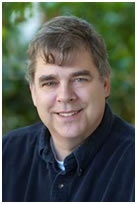 Doug Soutter, GHD (douglas.soutter@ghd.com)
Doug Soutter, GHD (douglas.soutter@ghd.com)
Douglas Soutter is a geologist with GHD, Inc. in Chicago, Illinois. Doug's environmental project experience includes geology, hydrogeology, industrial hygiene, site characterization, sampling and field methods, source identification, evaluation of remedial alternatives, remediation, the application of environmental risk systems, and the development of site-specific remedial objectives. Since 1988, he has worked on many projects which incorporated engineered barriers and institutional controls as part of remedial action. These projects have included CERCLA, RCRA, and state voluntary program sites. Doug is also proficient with database and GIS system development for multi-state projects. Doug is also active in the ITRC Geostatistics for Remediation Optimization and LNAPL Update teams. Doug earned a bachelor's degree in geology from Susquehanna University in Selinsgrove, Pennsylvania in 1986 and a Masters of Environmental Pollution Control from the Pennsylvania State University in Harrisburg, Pennsylvania in 1993. He is an Illinois Licensed Professional Geologist (LPG).
 Lynn Bailey, U.S. EPA Region 9 (mailto:bailey.lynn@epa.gov)
Lynn Bailey, U.S. EPA Region 9 (mailto:bailey.lynn@epa.gov)
Lynn Baileyis a Federal Facilities Cleanup Project Manager with EPA Region 9, Superfund and Emergency Management Division. Lynn was previously with the Hawaii Department of Health Hazard Evaluation and Emergency Response Office where she was an Environmental Health Specialist for the Hawaii Department of Health (HDOH), Hazard Evaluation and Emergency Response Office in Honolulu since 2008. In order to outreach to workers who encounter environmental contamination issues during construction projects, Lynn worked with a consultant to design and deliver Contaminant Awareness Training (CAT). Since 2011, more than 20 CAT audiences have learned to identify contamination during the planning phases of a project, understand release reporting requirements, and learn best management practices that can prevent small problems from becoming larger ones. Lynn also provides regulatory oversight to encourage safe management of contamination during construction of the 20-mile Honolulu Rail Transit Project, a multi- billion dollar project. Additionally, under the State Response Program she assisted with research projects and guidance development. Lynn also is Hawaii's State Engagement Program representative to the Interstate Technology and Regulatory Council. Prior to joining the HDOH, Lynn assisted with the Columbia Shuttle Disaster and Hurricane Katrina responses and was site safety officer, project manager, and/or Project Quality Control Manager for numerous sampling and/or remediation projects. Lynn earned a bachelor's of science in environmental science with chemistry focus from Hawaii Pacific University in Honolulu, HI.
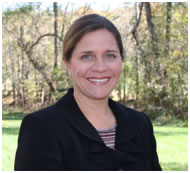 Carol Murphy, Trihydro Corporation (cmurphy@trihydro.com)
Carol Murphy, Trihydro Corporation (cmurphy@trihydro.com)
Carol Murphy is a senior engineer at Trihydro Corporation in their St. Louis, Missouri office. She has worked for Trihydro since 2007 and has over 25 years of experience in environmental consulting, compliance and risk management in the engineering consulting, environmental insurance, and industrial sectors. Her experience includes performing environmental due diligence and site assessments, insurance loss control reviews, compliance audits, insurance claims management, and environmental cost and risk management assessments. In performing site assessments and due diligence for clients, she regularly evaluates sites that have used or plan to use Institutional Controls as part of the site remedy. Carol joined the ITRC Long Term Contaminant Management Using Institutional Controls Team in 2014 and continues to support the team as a trainer. She earned a Bachelor of Science degree in Chemical Engineering from the University of Illinois in 1989 and is a Certified Hazardous Materials Manager.
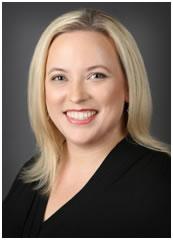 Shanna Schmitt, P.G., C.P.G., Minnesota Pollution Control Agency (shanna.schmitt@state.mn.us)
Shanna Schmitt, P.G., C.P.G., Minnesota Pollution Control Agency (shanna.schmitt@state.mn.us)
Shanna Schmitt, PG, CPG, has worked at the Minnesota Pollution Control Agency in the Brownfields Program since 2006. She has worked on a variety of redevelopment and remediation sites that have included Phase I ESAs, Phase II Investigations, hazardous material surveys, monitoring, response action plans, implementation reports, storm water infiltration on contaminated sites, and institutional controls. Shanna worked at Terracon Consultants from 2003-2006. Shanna is a dedicated volunteer with the Minnesota Section of American Institute of Professional Geology (AIPG) and is currently leading the Section as President and is also serving as a National Advisory Board Representative for AIPG in 2016. She earned a bachelor's degree in geology from the University of Minnesota-Twin Cities in 2003. Shanna is licensed as a Professional Geologist in MN, and a Certified Professional Geologist with the AIPG.
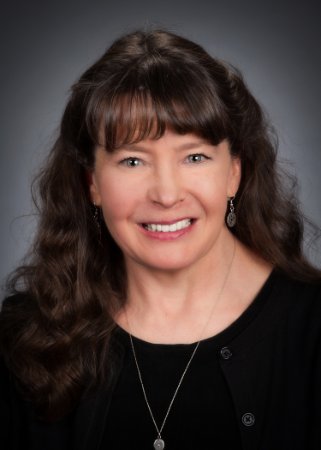 Jane Bohn, Environmental Design International, Inc. (jbohn@envdesigni.com)
Jane Bohn, Environmental Design International, Inc. (jbohn@envdesigni.com)
Jane Bohn, with Environmental Design International inc. (EDI) in Chicago, IL, has worked in the environmental industry since 1994. She specializes in site investigations, remediation, and site restoration for projects across the US within both consulting and corporate roles. In her current role at EDI, Jane supports EDI's core service offerings which include due diligence services, regulatory compliance, hazardous waste management, end environmental remediation. Prior to EDI, Jane worked for BP Products North America where she managed remediation projects in the Midwest along with strategic liability development and legal matters for a diverse range of facilities. Jane has expertise in institutional control implementation and negotiations extending back to the late 1990's and acted as an institutional control and post remediation expert for BP, developing an institutional control tracking and compliance program for the global function within BP. Since 2014, Jane has contributed to ITRC as a team member for ITRC's Long Term Contaminant Management Using Institutional Controls. Jane earned a bachelor's degree in Geology from Eastern Illinois University in Charleston, Illinois.
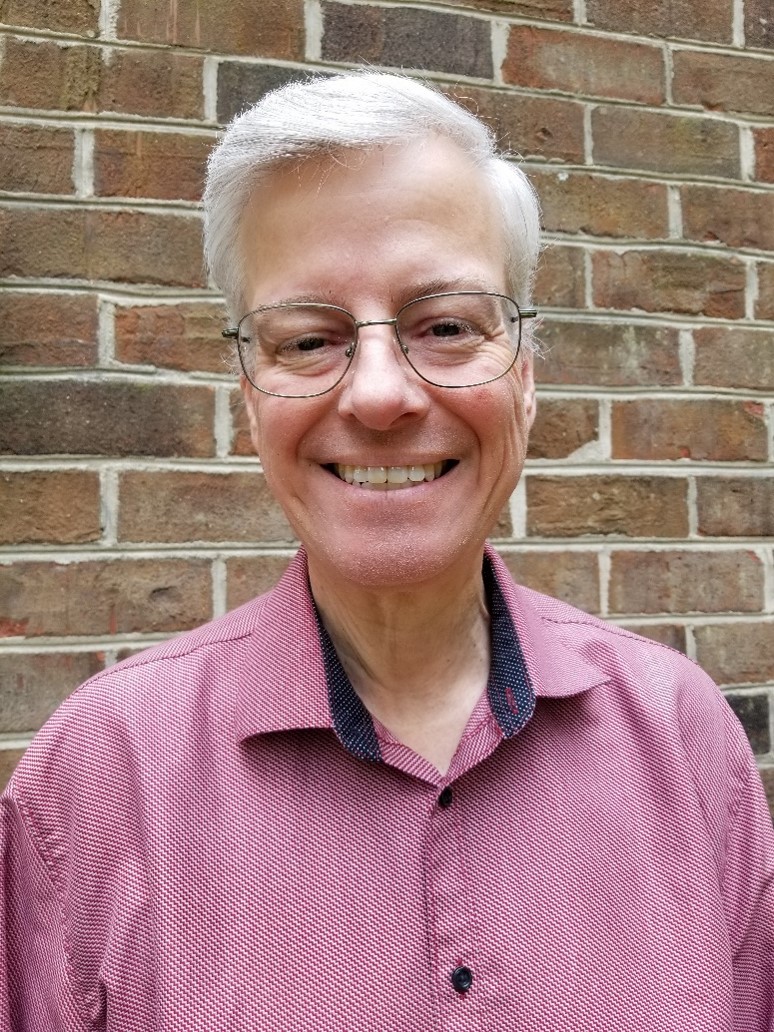 Michael Sexton, P.E., Virginia Department of Environmental Quality (michael.sexton@deq.virginia.gov)
Michael Sexton, P.E., Virginia Department of Environmental Quality (michael.sexton@deq.virginia.gov)
Michael Sexton is a licensed professional engineer currently working as groundwater remediation specialist for the Virginia Department of Environmental Quality's solid waste program. He has worked at the DEQ since 1993. During this time, he has worked with numerous petroleum, chlorinated solvents, and metals remediation projects using groundwater extraction and treatment systems. He has been a member of the Interstate Technology & Regulatory Council (ITRC) since 2014 and served as Co-Chair for the ITRC's Performance-Based Optimization of Pump and Treat Systems Team.
Moderator:
Nicole Henderson, ITRC Contractor (nicole.henderson@hmenviro.com)
Webinar Slides and References:
Webinar Slides and References:
Additional Resources:
- Long-term Contaminant Management Using Institutional Controls (IC-1, 2016)
- Long Term Contaminant Management Using Institutional Controls team page
- An Overview of Land Use Control Management Systems (BRNFLD-3. 2008)
- Long-term Stewardship Planning Tool: Downloadable Excel Tool
- Long-term Stewardship Planning Tool: Excel Tool with example from training class
- Long-term Stewardship Planning Tool: Word document generated with example from training class
Web Sites and Documents
- Association of State and Territorial Solid Waste Management Officials, Inc., (ASTSWMO),. 2015. "Uniform Environmental Covenants Act: Implementation at Federal Facilities."
- Association of State and Territorial Solid Waste Management Officials, Inc., (ASTSWMO),. 2012. "A Long Term Stewardship State Conceptual Framework to Estimate Associated Costs."
- ASTM. 2014. Standard Guide for Use of Activity and Use Limitations (AUL) Including Institutional and Engineering Controls
- USEPA 2012. Institutional Controls: A Guide to Planning, Implementing, Maintaining, and Enforcing institutional Controls and Contaminated Sites. OSWER 9355.0-89
- USEPA, 2011. Recommended Evaluation of Institutional Controls&##58; Supplement to the Comprehensive Five Year Review Guidance. OSWER 9355.7-18.
- US EPA, 2000. Institutional Controls: A Site Manager’s Guide to Identifying, Evaluating and Selecting Institutional Controls at Superfund and RCRA Corrective Action Cleanups
If you have a suggested topic or idea for a future CLU-IN internet seminar, please contact:
Technology Integration and Information Branch
PH: 202-566-0832 | Email: balent.jean@epa.gov
Technology Integration and Information Branch
PH: 202-566-0875 | Email: adam.michael@epa.gov





